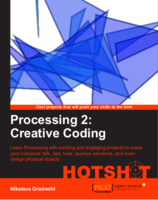new Track: Glipse of worlds that might be
a mix of analog and digital synths, plugins, samples, passion, fragments of half remembered dreams and an arpeggiator.
and yes - I'm in a slightly wired mood today
and also yes - this is the blender default cube - with beveled edges, floating slightly above a plane with a diffuse shader and a sun light with a size of 0.8 rendered in cycles
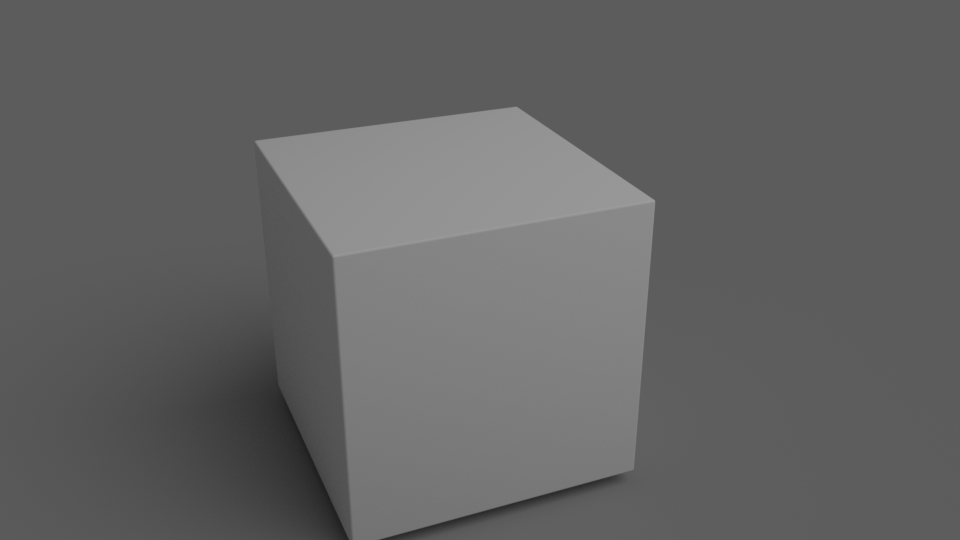
Calculating Euclidean Rhythmns using the Bresenham Algorithm
Recently I started playing with euclidean rhythms and implemented the bjorklund algorithm shown in the paper by Godfired Toussaint in ruby. The implementation isn't really rocket science (actually it's ring accelerator science :-)) but it uses recursive function calls, two arrays, multiple stages, ... and I had the feeling that this is far more complicated than it needs to be. After reading several posts, blogs and papers about the implementations of the algorithm I read somewhere that the algorithm produces the same result as the bresenham algorithm - at first I ignored the sentence and unfortunately I have no idea anymore where I read it but today I implemented a simple version of it an the results I get are the same as my recursive version - or rotations, which is fine because you usually loop over the sequences and are free to choose a starting point - so in case anyone is interested here is my bresenhamish method for calculating euclidean rhythms in ruby - shouldn't be too complicated to port it to different languages
def eucledean(k,n)
f = 1.0*n/k
res = Array.new(n,0);
a = 0
k.times do |i|
res[a.to_i] = 1
a += f
end
return res
end
(1..8).each do |i|
print eucledian(i,8)
print "\n"
end
and this are the results I get for the 8 possible rhythms with 8 steps
[1, 0, 0, 0, 0, 0, 0, 0]
[1, 0, 0, 0, 1, 0, 0, 0]
[1, 0, 1, 0, 0, 1, 0, 0]
[1, 0, 1, 0, 1, 0, 1, 0]
[1, 1, 0, 1, 1, 0, 1, 0]
[1, 1, 1, 0, 1, 1, 1, 0]
[1, 1, 1, 1, 1, 1, 1, 0]
[1, 1, 1, 1, 1, 1, 1, 1]
new Song: Walk in the Rain
A first electronic, ambient track recorded with my new Waldorf Blofeld with a little help from the Moog Mother32 and the Novation MiniNova.
Oh! And did I mention? I got a new Synthesizer... :-)
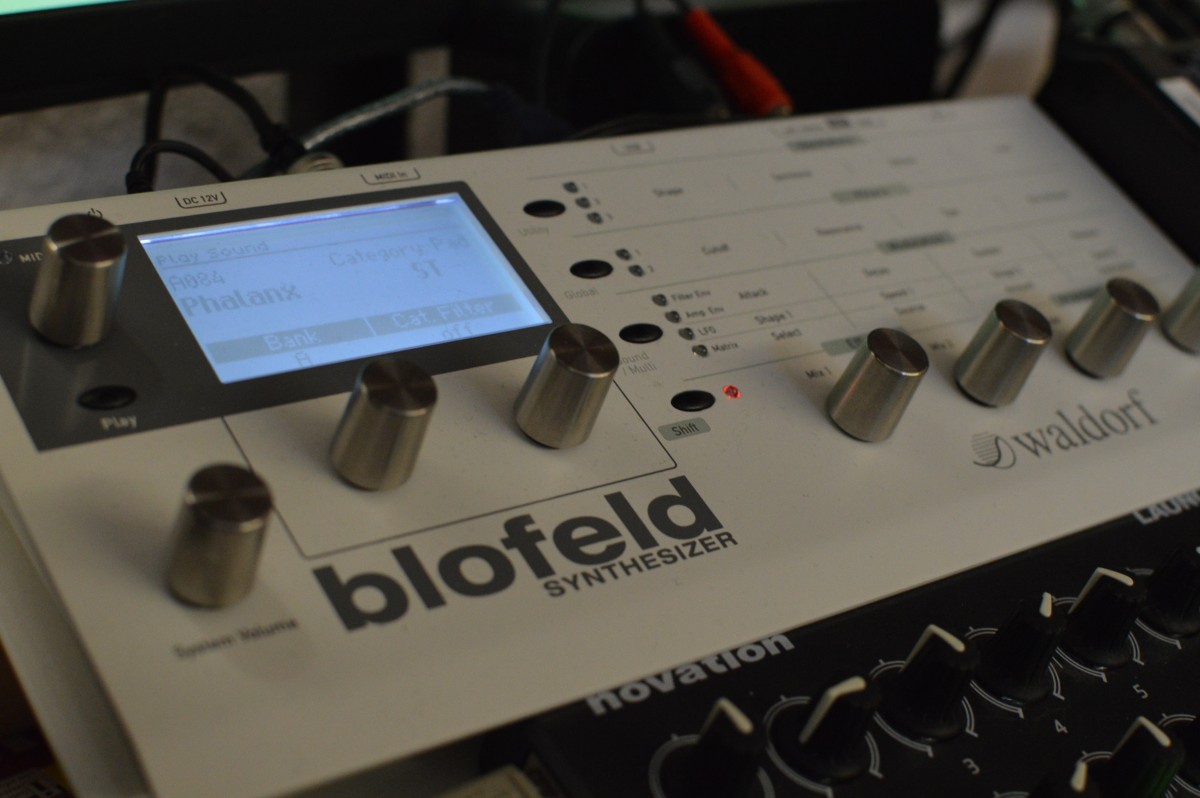
Processing and Blender Sound Visualizer for Magical Dreams
I finally managed to finish a project where I could combine most of the tools I love and use. I created a processing sketch to visualize the stereo correlation of my song "Magical Dreams", exported the frames and used blender to create an animated highfield based on the brightness of the images. Then I rendered these frames and combined them to a video with the original track exported from bitwig.
Hmmm ... maybe a bit more complicated than needed, but that's one of advantage of a hobby project - you don't have to justify yourself for inefficient processes and toy around as long as you want to :-)
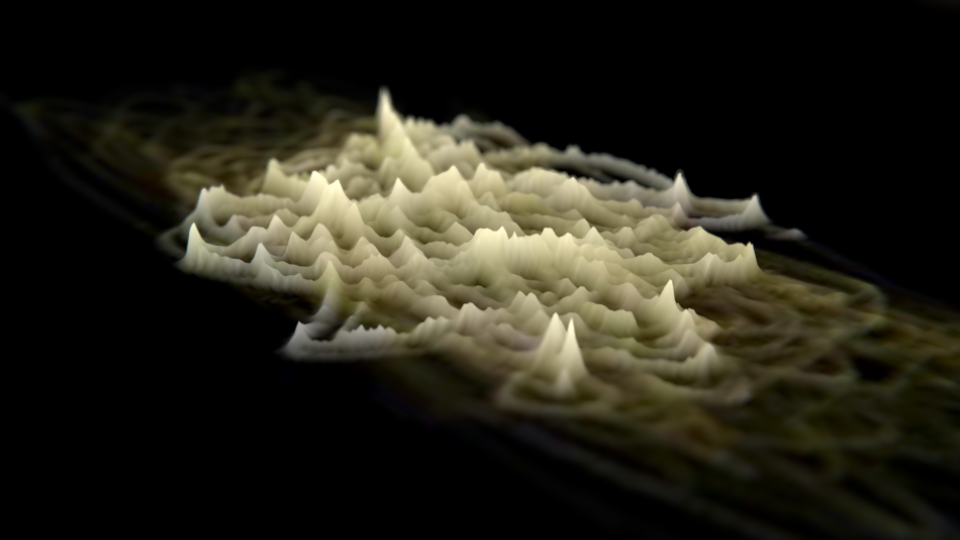
new Song: Still Awake
I finally found the time to sit down and arrange and mix one of the song fragments that are waiting on my harddisk. I'm currenly very tired after a week full of nightshifts, overtime and bughunting but I'm still awake ... (ok not the best song title ever, but my thoughts are still a bit fuzzy - did I mention sleep deprivation?)

SonicPI + Volca Jam
I recorded a SonicPI live jam exploring the new midi functionality. I used my Volca Keys, Volca Bass and Volca Sample for the recording.
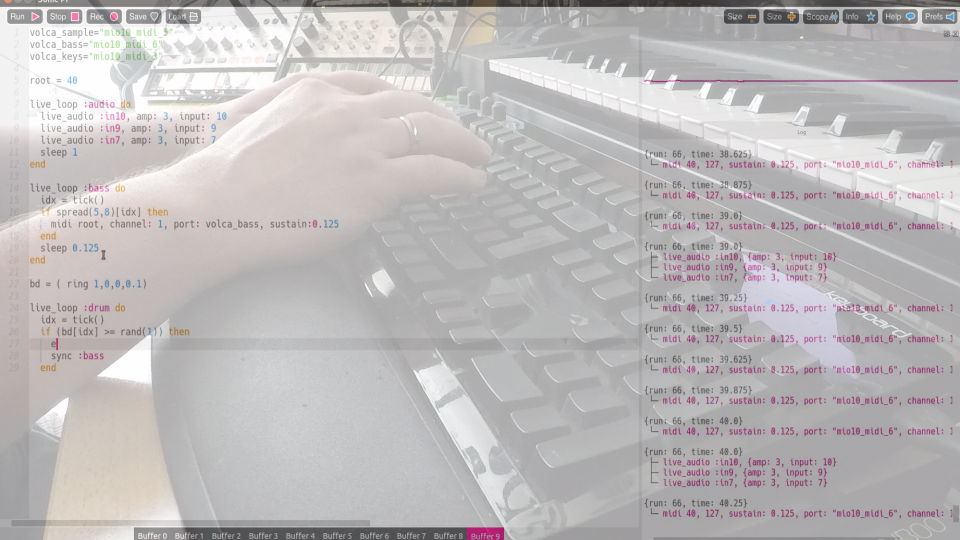
New Track: Drops in the Dark
I recorded a new track featuring my mother32, 0-Coast, Streichfett and the repro1 recorded and mixed using bitwig-studio
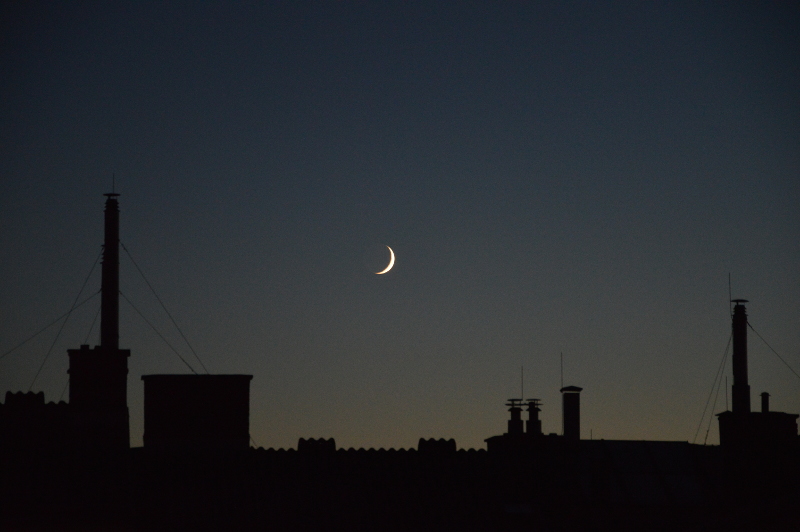
Semimodular meets SonicPI
This is a recording of a livecoding jam with the latest developmentversion of sonicPI. I used the new midi functionality to control my Moog Mother 32 and my Makenoise 0-Coast.
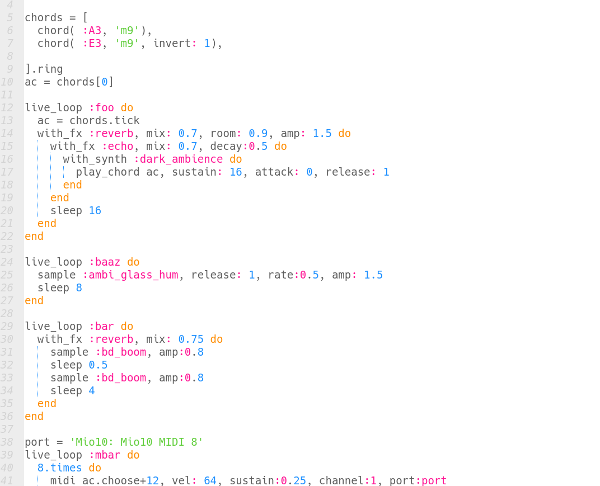
Battle of the Bass-Machines
Korg Volca Bass vs Roland TB-3
a battle of the Bass-Machines recorded and mixed using Bitwig-Studio
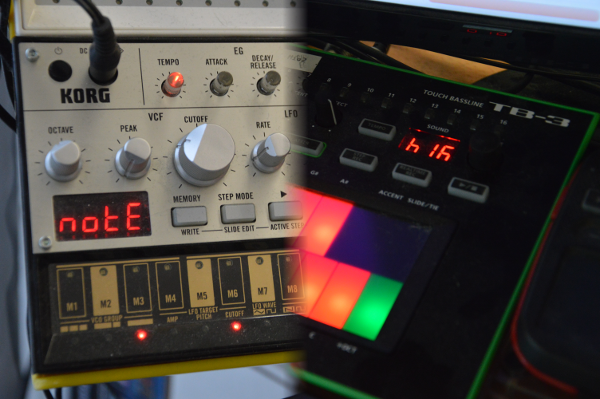
New Track: The World you don't see
for every world you know there is at least one that go unnoticed ...
Listen to my new Track on soundcloud





